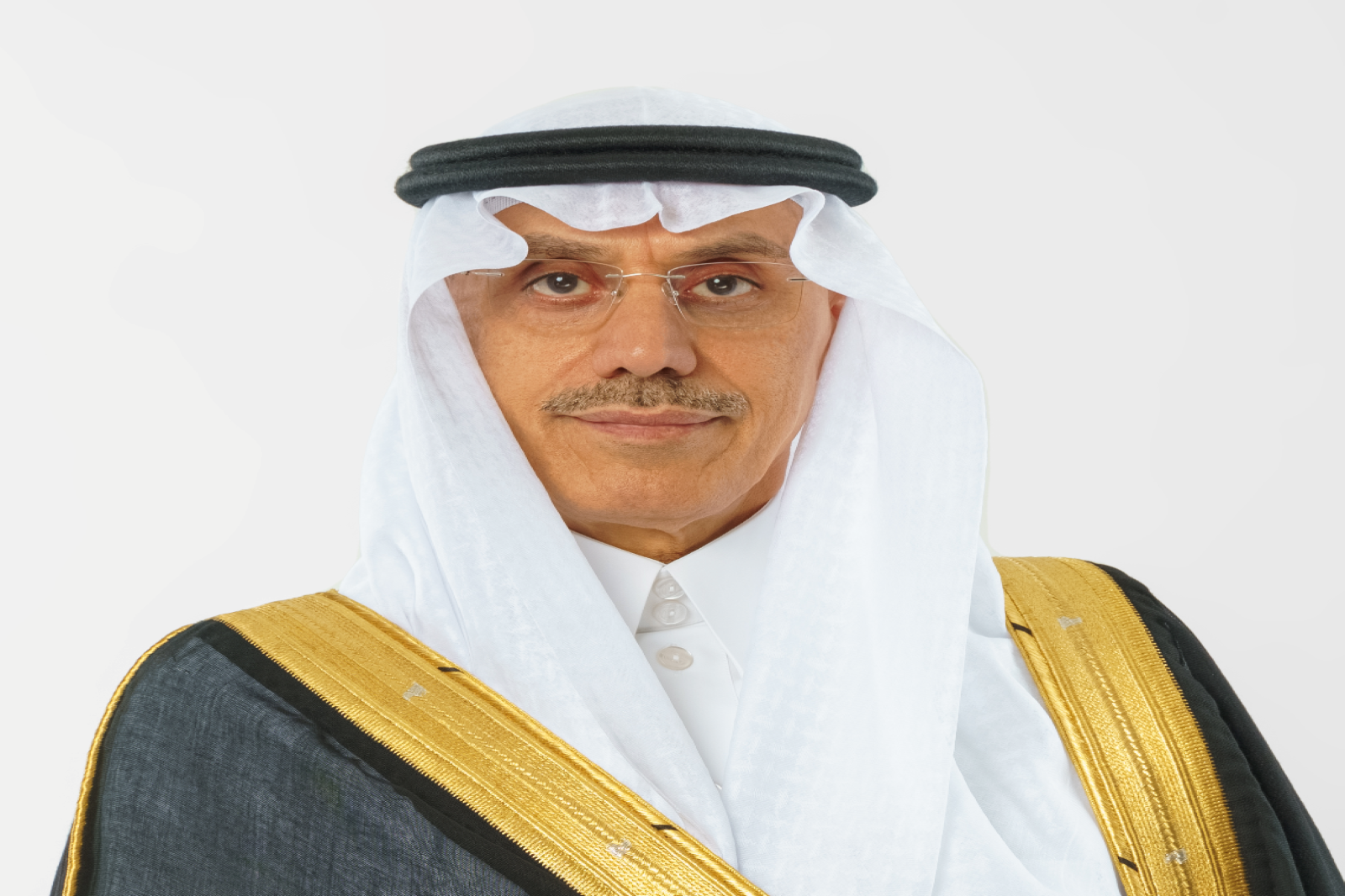The Islamic Republic of Mauritania joined the IsDB in August 1974 as a founder member. The first IsDB operation in Mauritania was approved in December 06, 1977 and last operation was approved in December 24, 2017. Its capital subscription is ID 35.8 million (0.001%). Mauritania is an LDMC country where close to 33 % of the population is still poor. Poverty remains a predominantly rural phenomenon.
Mauritania is a vast country on the western edge of the Sahara Desert. A former French colony, Mauritania gained independence on November 28, 1960. Its population of more than 3.9 million (2017) people is growing at 2.3%. The population is heavily concentrated in the urban areas, including approximately 800,000 in the capital city, Nouakchott. Over 80 % of the country's land surface (1,030,700 sq km) is desert; only the southern extremity supports rain-fed vegetation. A narrow production base and low levels of industrialization characterize the country's economy. Exports consist mainly of fish, iron ore, and, recently, oil (11,640 barrels/day estimated in 2010). These commodities are highly vulnerable to sharp swings in international prices and external demand. Attempts at diversifying the economy (tourism, manufacturing, agriculture, livestock) have had limited success to date. The rural sector is vulnerable to adverse climatic shocks, yet still employs around 40% of the labor force. Crude oil reserves were discovered offshore in 2001, with the oil drawn in 2006 for the first time.



